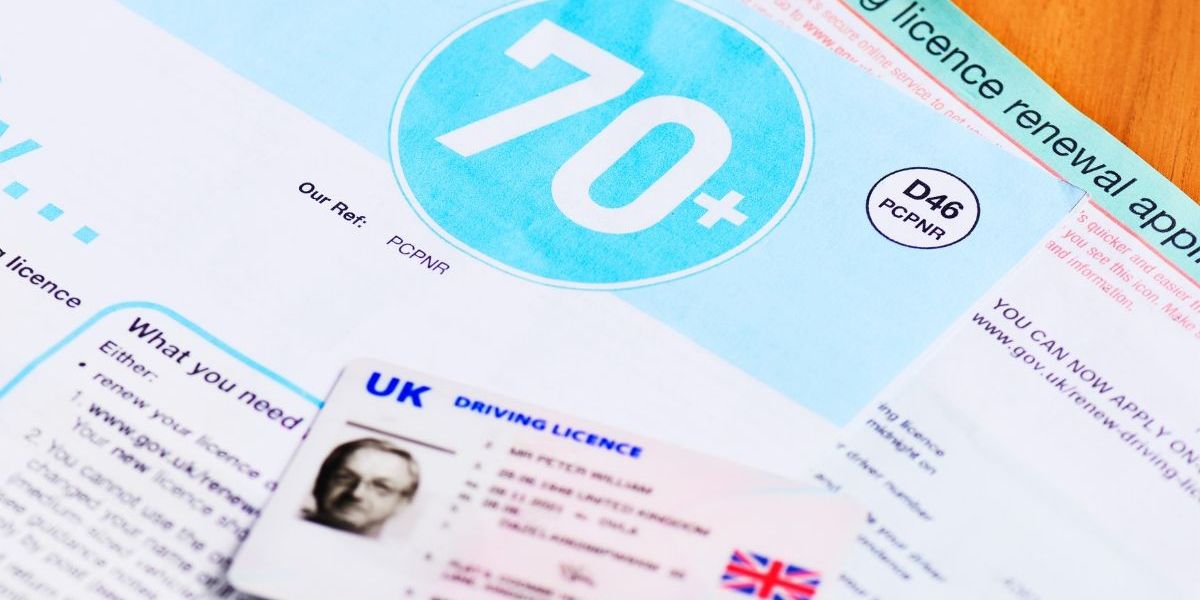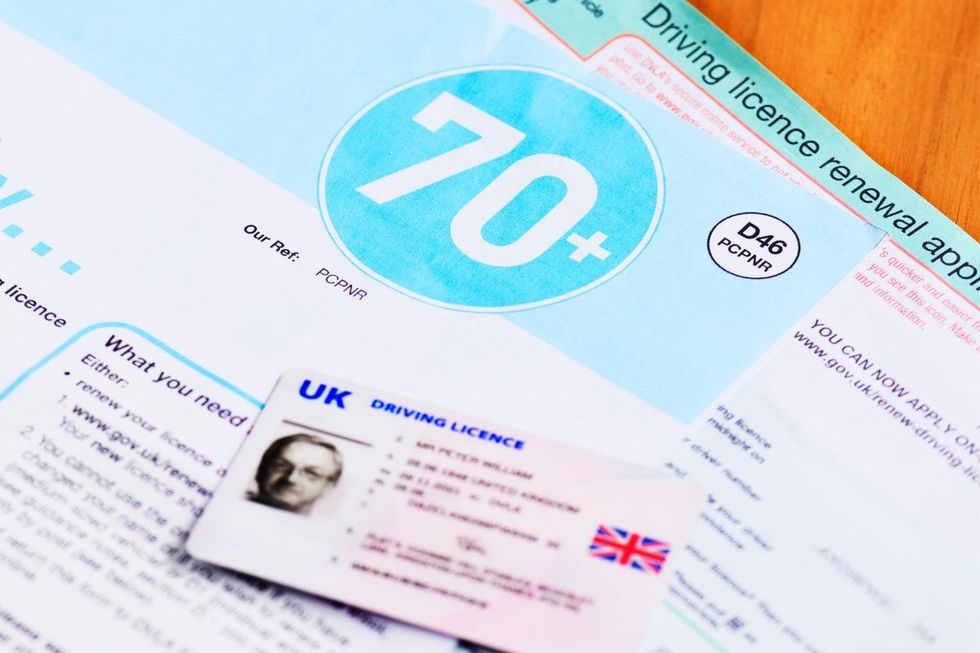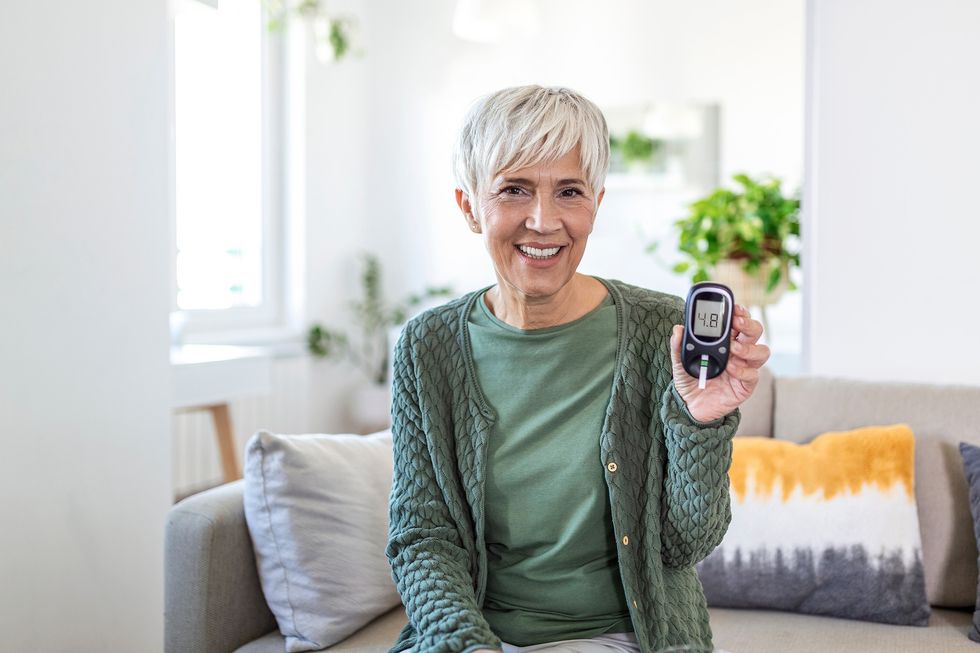



A road safety organisation has issued new guidance for older motorists with diabetes, as official figures reveal that 3.6 million adults in England are now living with type 2 diabetes.
GEM Motoring Assist has compiled practical advice for diabetic drivers and their families, highlighting the importance of understanding the condition's impact on road safety.
The guidance comes as data shows eight per cent of adults in England have been diagnosed with type 2 diabetes, with an estimated one million additional cases remaining undiagnosed.
The organisation warns that diabetes cases are increasing and older motorists face heightened risks.

GEM Motoring Assist has called on elderly drivers to check they are safe to drive with the DVLA
GETTY
One of the primary concerns for diabetic drivers is peripheral neuropathy, a condition that damages the peripheral nerves and can cause tingling, numbness, weakness or pain, particularly in the hands and feet.
Both type 1 and type 2 diabetes can lead to this nerve damage when blood sugar levels remain elevated over extended periods.
The condition poses significant risks for motorists as it can result in loss of sensation and reduced awareness of foot positioning.
This impairment can affect a driver's ability to feel the pedals properly or determine which pedals their feet are on, substantially increasing the likelihood of a road incident.

Experts are calling on diabetic drivers to ensure they are safe behind the wheel
GEM MOTORING ASSIST
Motorists with type 1 diabetes must notify the DVLA and will receive a medically-restricted licence, typically valid for one to three years.
They are required to monitor blood sugar levels at least twice daily, including on non-driving days, and must check levels within two hours before driving and every two hours whilst on the road.
Type 2 diabetics using insulin must follow identical requirements. However, those managing their condition through diet or tablets need not inform the DVLA unless specifically advised by their doctor.
Any driver experiencing complications such as visual problems or severe hypoglycaemia must notify the DVLA immediately, regardless of diabetes type.
"Diabetes cases are rising and older drivers are at increased risk," says GEM's head of road safety James Luckhurst.
"However, better awareness, early action and proactive management are key to reducing risk on the roads."
He advises motorists to plan their routes carefully before long journeys and incorporate regular breaks to assess alertness and foot sensation.
"If you don't feel well, then avoid driving at all," Luckhurst warns.
The guidance also emphasises the crucial role families can play in supporting older diabetic drivers.
Lukchurst added: "By encouraging regular health check-ups and discuss any changes in driving ability, relatives are playing their part in ensuring safe road journeys."
When driving, motorists can reduce their risk by regularly monitoring and managing their blood sugar, checking levels before and during journeys.
If necessary, drivers should avoid driving if their blood sugar is low. GEM Motoring Assist warned that complications, including neuropathy and visual impairment, could take place.
